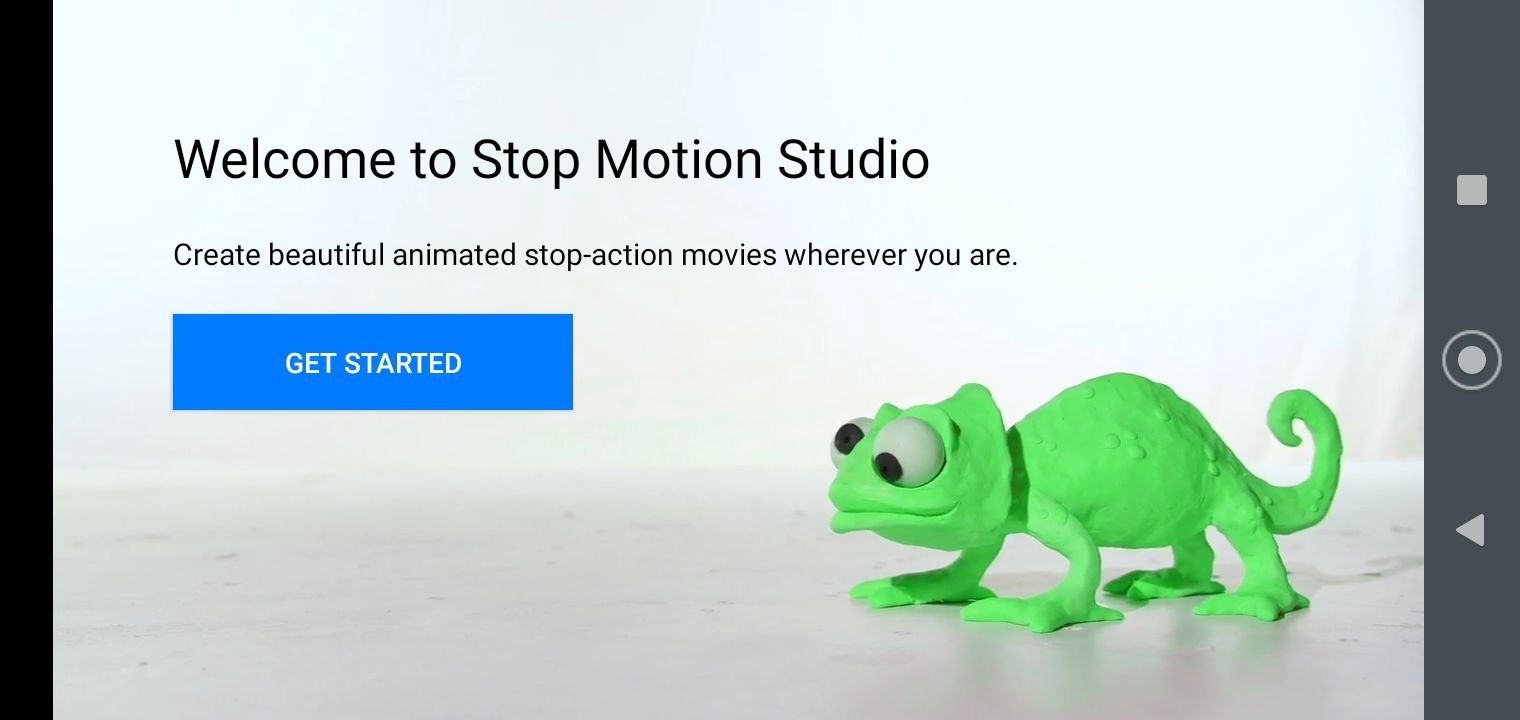

In 1994, CompuServe and Unisys (the company which licensed the technology Gifs relied upon) patented the Gif format and essentially said that, if anyone wanted to use Gifs, they would need to pay a licensing fee – a notion defiantly at odds with the democratic, open source ethos of the internet. When the web started to become mainstream around 1993, the Gif really took off. She does, however, remember the whole Gif debacle of the mid-90s very well, not least because it significantly impacted her own career.

That is credited to Steve Wilhite, who was a computer scientist at CompuServe in the mid-80s. “There’s a rumour going around the internet that I invented the Gif. Having spent her life using tech to impact change on the world (from working on the launch of Hulu to starting tEQuitable), she hastens to tell me there’s one thing she didn’t do. This was around the time technologist Lisa Gelobter – who later went on to become the chief digital service officer of the US Government’s Department of Education under the Obama administration – was in the fledgling years of her career, working at Macromedia (later acquired by Adobe). The Gif format’s compression capabilities made it ideal for shrinking down little animations enough to be used on early web pages. In 1987, CompuServe officially launched the Gif format, publishing the first ever animated Gif shortly afterwards: an image of a plane flying through the sky. But, there was a demand for it that technologists were grappling to achieve. In the early days of the internet, it wasn’t possible to host animation due to its file size. So it’s staggering to think how far it has evolved in the following 18 years: from a simple ‘under construction’ animation on a website homepage, to micro narratives that evoke universal sentiments or messages, individually viewed by billions of people worldwide. But it was only around 2003-2004 that everyday people even began to be able to make and use Gifs, without fear of being sued (more on that drama soon). Its ubiquity and accessibility to the masses in today’s society has itself spurred a growing sector of creative practitioners for whom the Gif is a primary medium, arguably the most interacted with of all creative formats. If you land on the right one, it can simultaneously communicate that ultra-specific nuance of emotion you’re feeling, while also showing the type of person you are and your personal tastes, and perhaps even making a culturally relevant quip – all in a 1-2 second video loop. If a picture is worth a thousand words, then a Gif is worth 10 thousand.


 0 kommentar(er)
0 kommentar(er)
